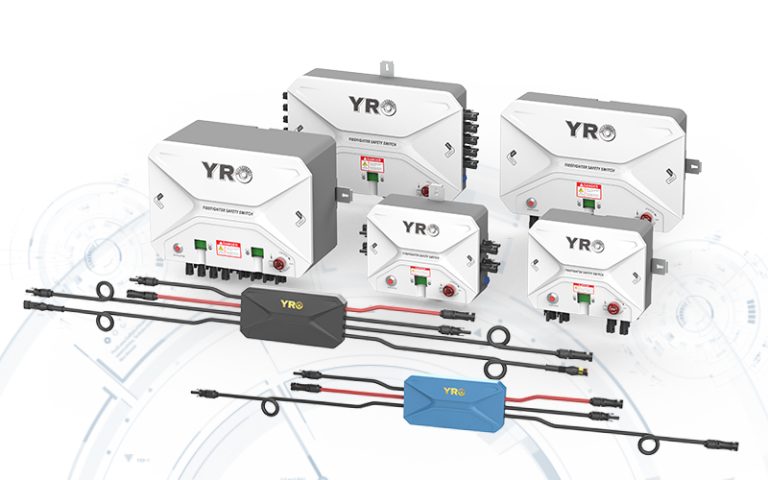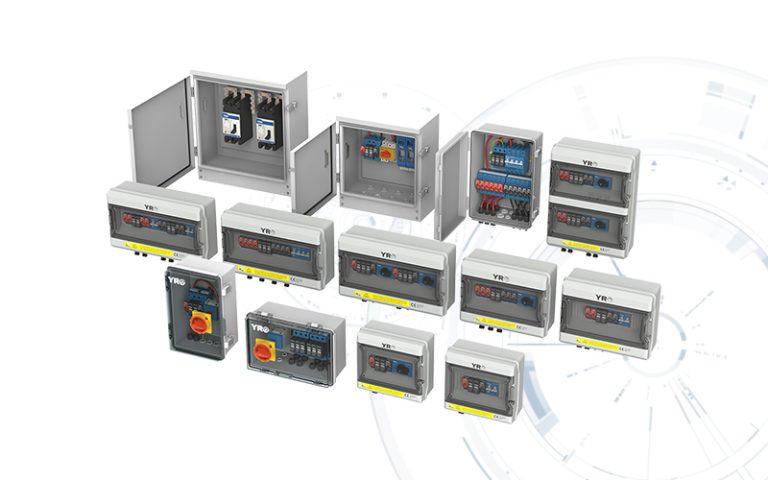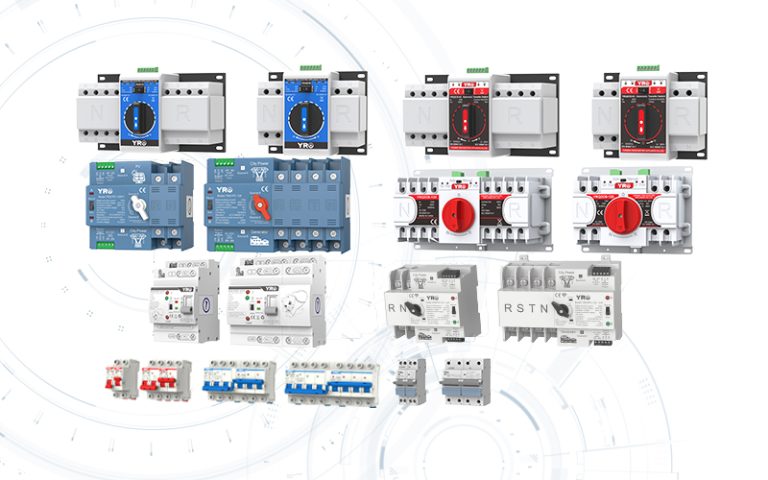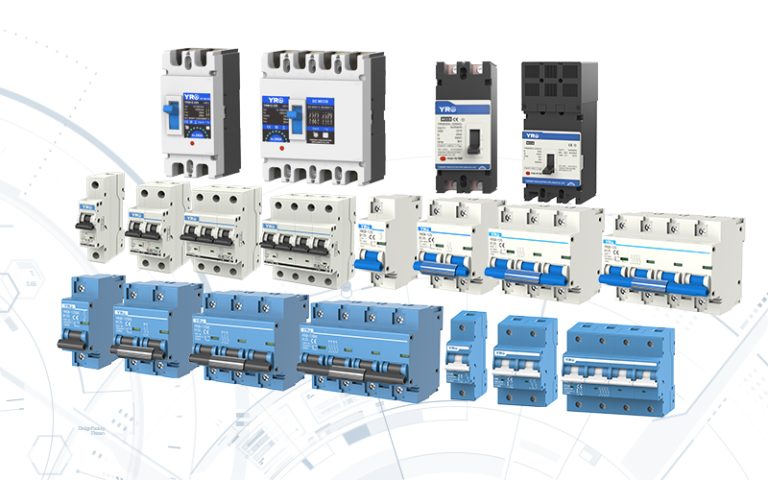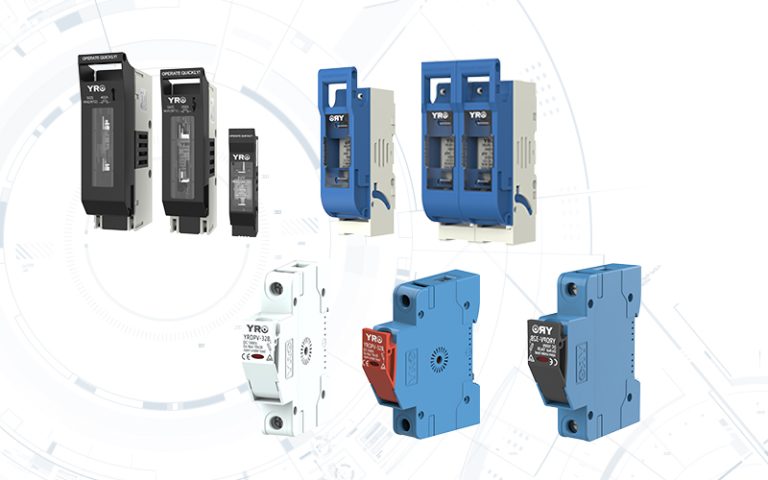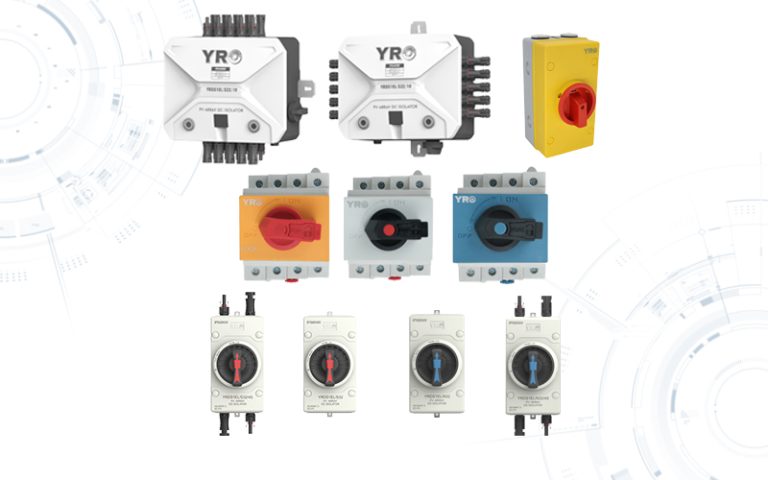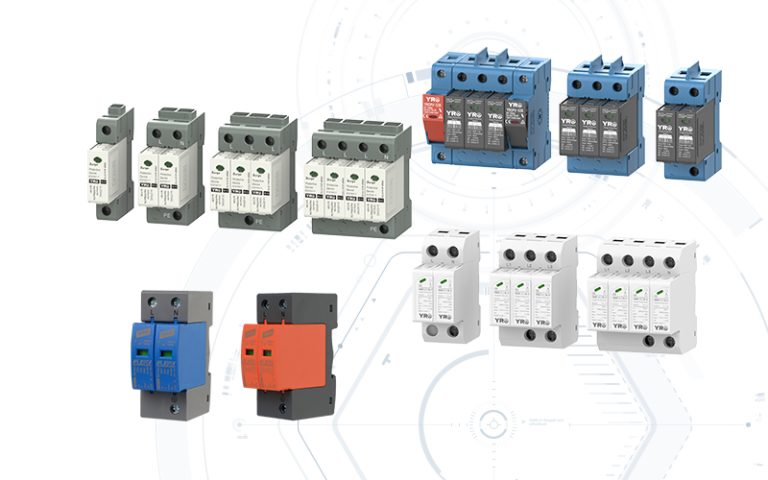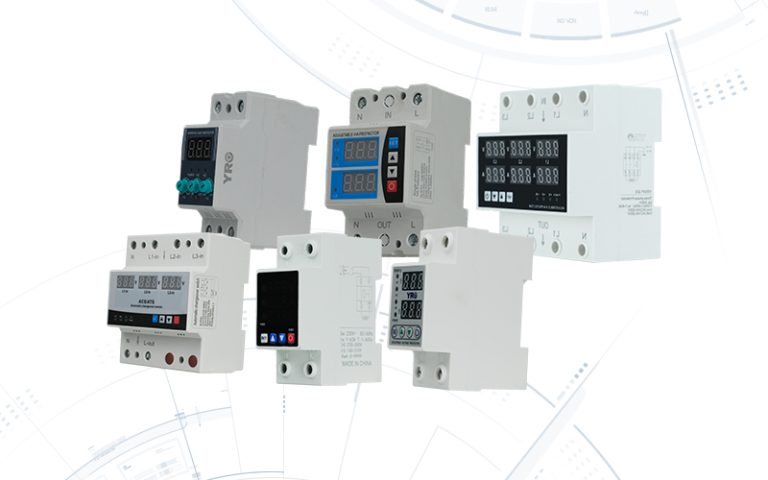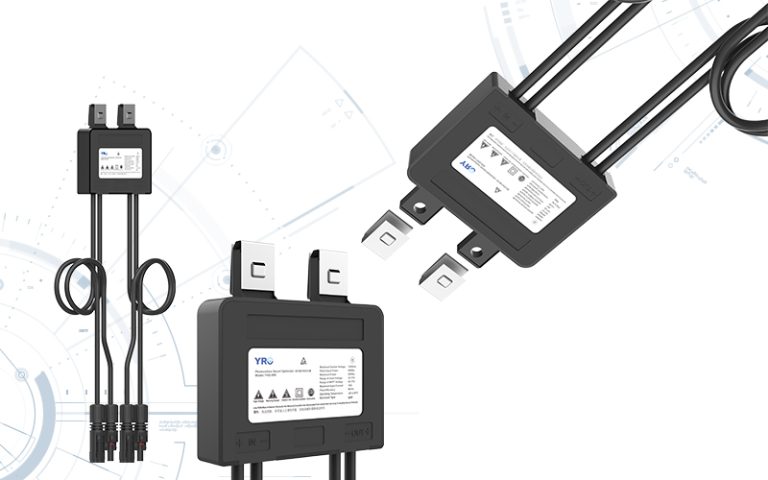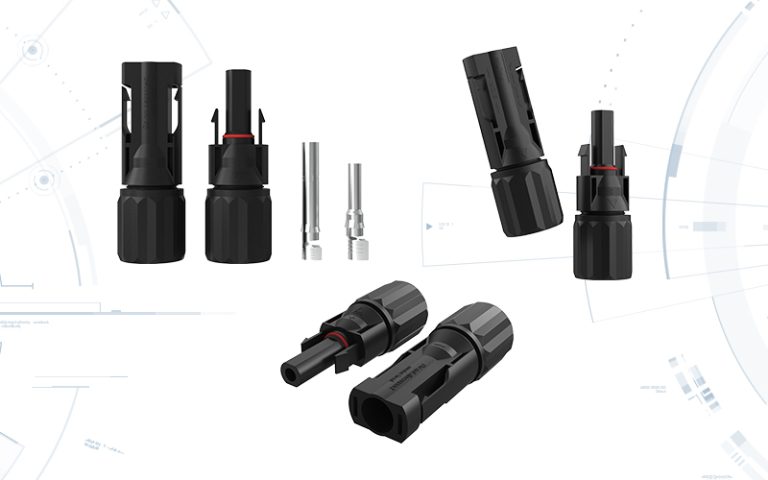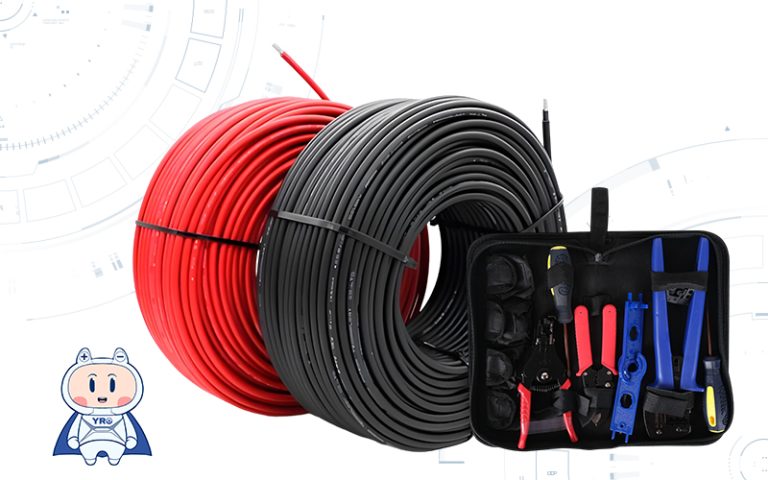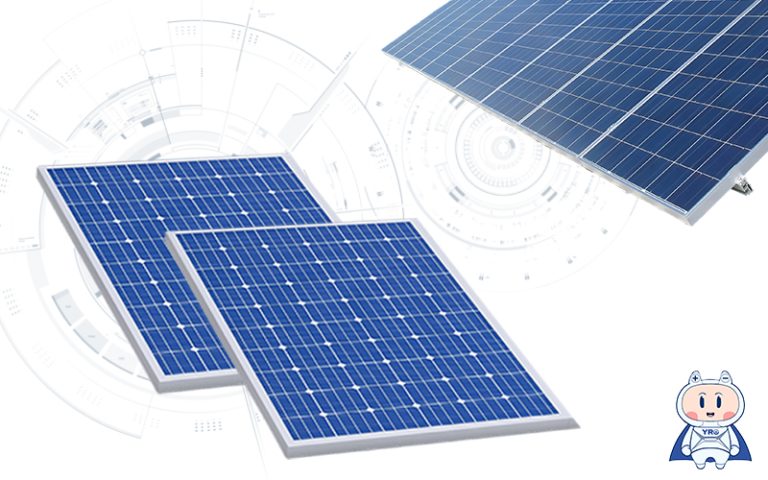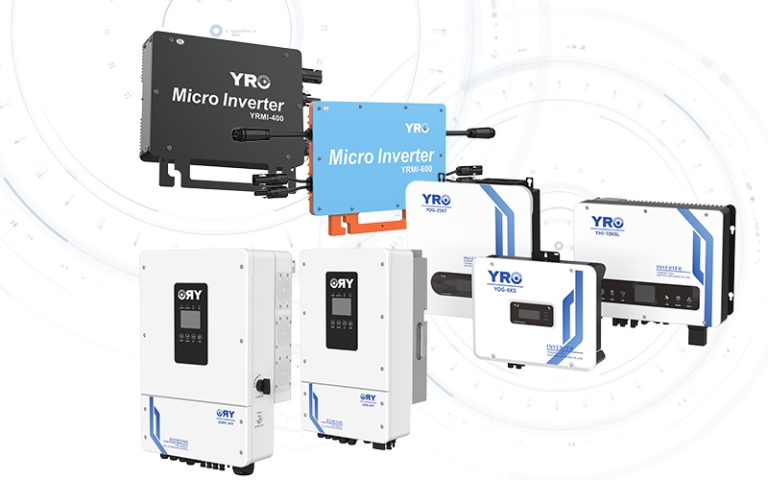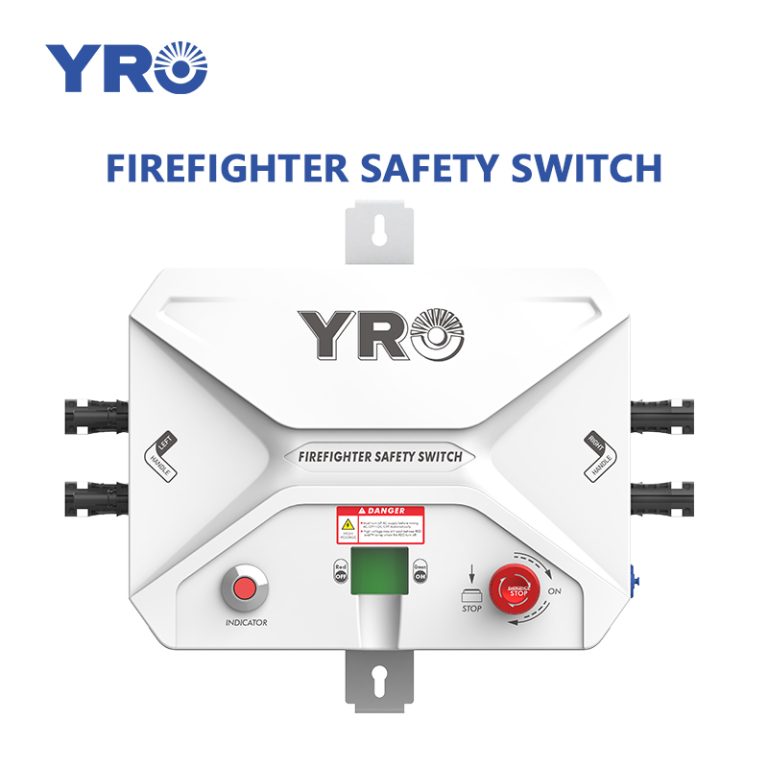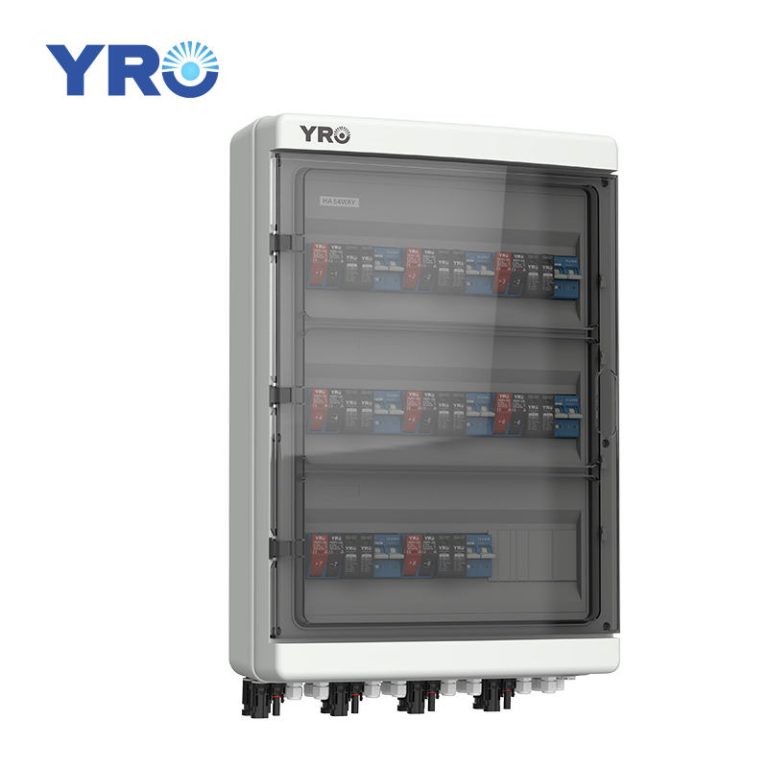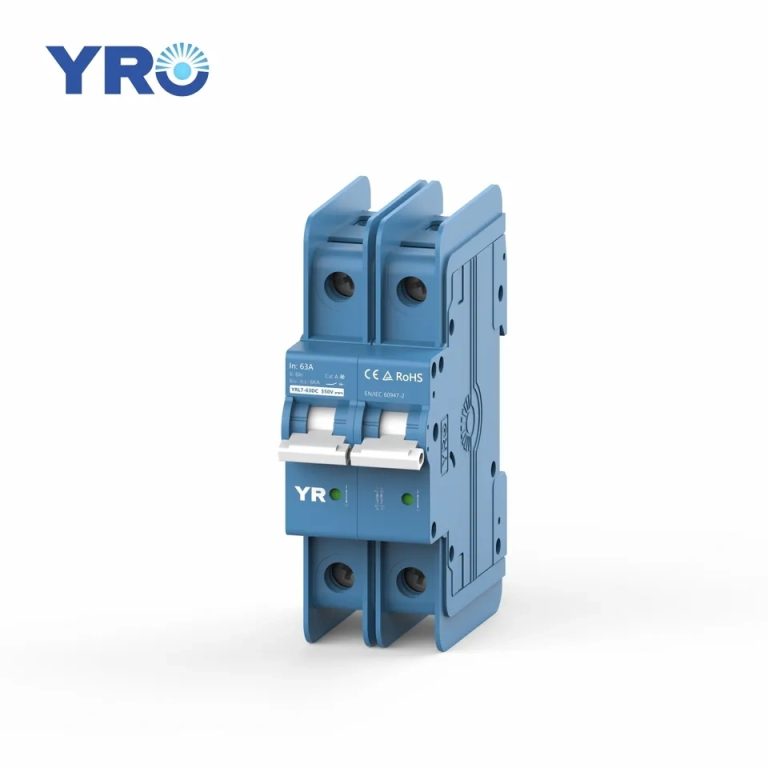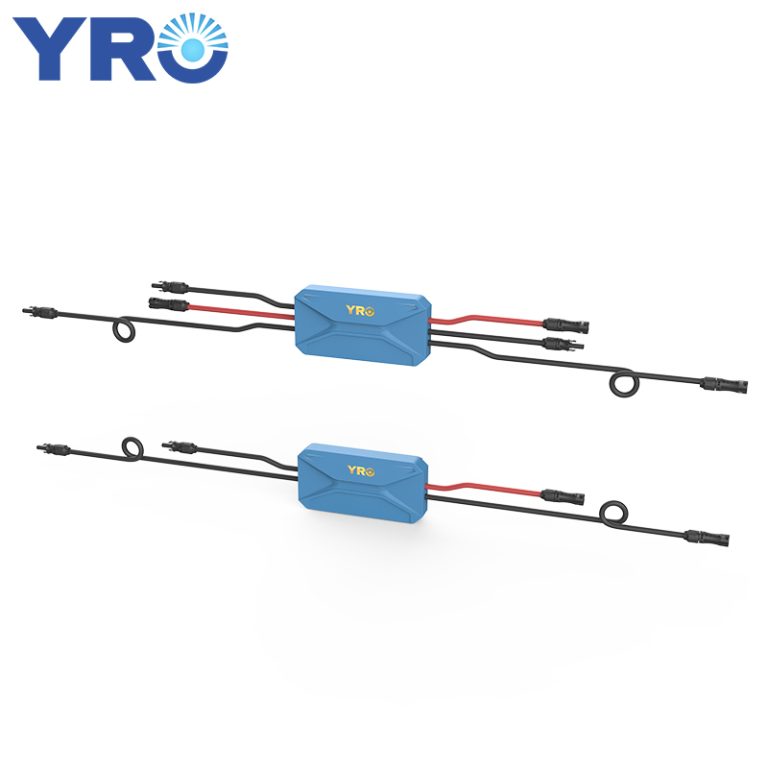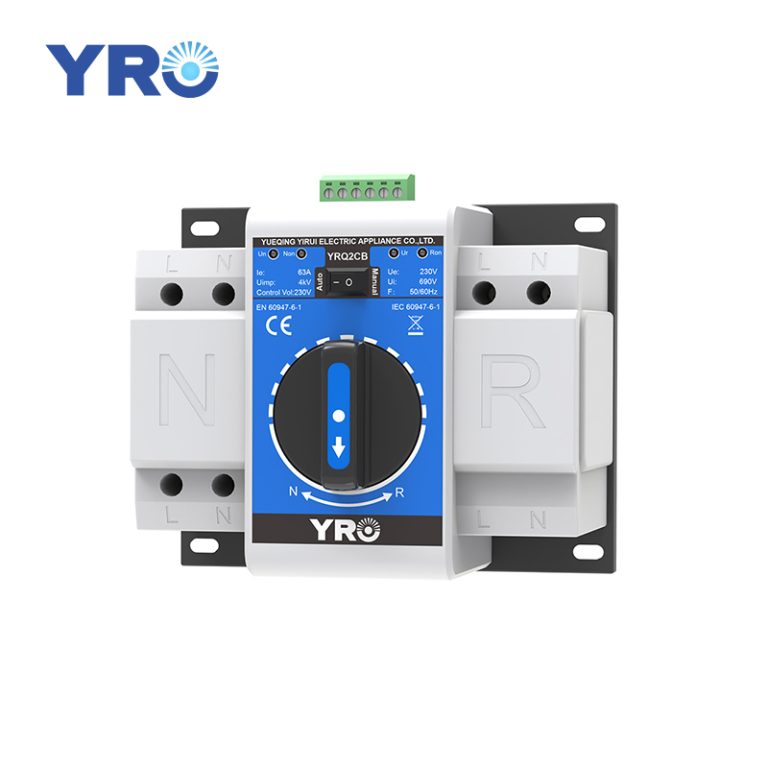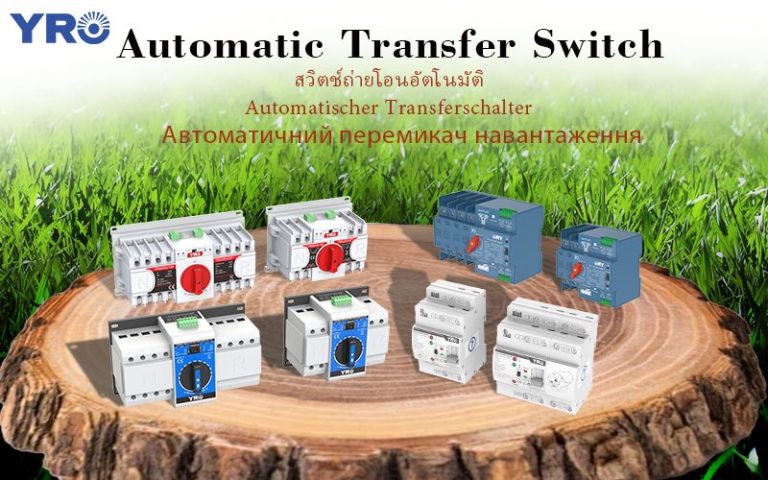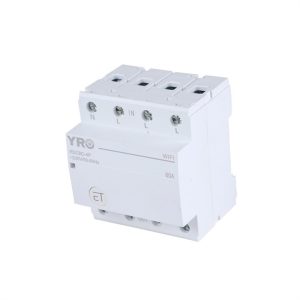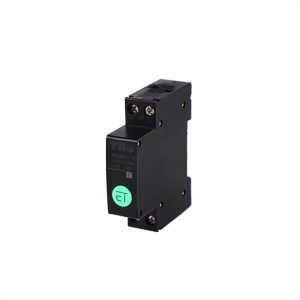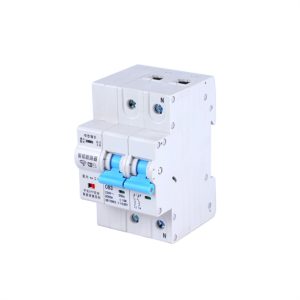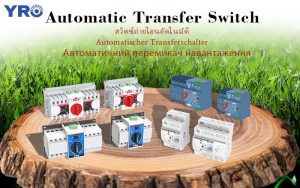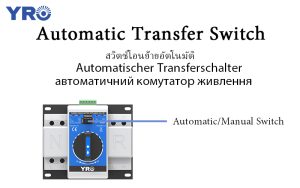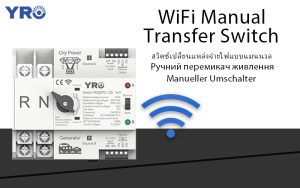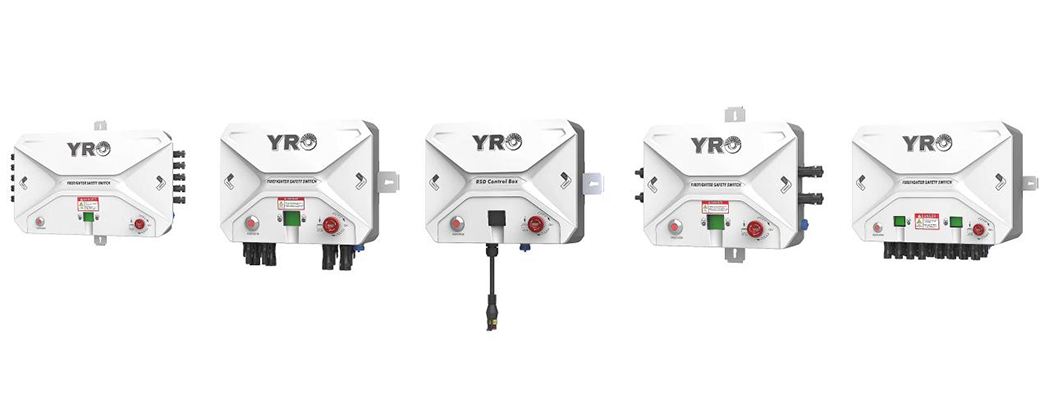
# What is rapid shutdown?
When a fire is caused by force majeure and the PV plant is still generating electricity, the high voltage generated can easily endanger rescuers and slow down the rescue process, aggravating the fire. In order to avoid this situation, a module shutdown system has been developed. Modules equipped with this system can be quickly switched off in the event of a fire in the power station. The voltage of the module will be reduced to below the safe voltage to ensure the safety of the rescuers.
Rapid Shutdown: Enhancing Safety in Photovoltaic Systems
In the dynamic world of photovoltaic (PV) systems, ensuring safety is paramount. Rapid Shutdown is a crucial safety mechanism designed to mitigate potential hazards associated with PV installations, particularly during emergencies or maintenance activities.
Key Components:
● Functionality: Rapid Shutdown ensures that in the event of an emergency, such as a fire or system maintenance, the flow of electricity from the PV array to the rest of the system is swiftly and effectively halted.
● Implementation: This safety feature is typically integrated into PV systems through the use of specialized components such as rapid shutdown switches or devices. These components facilitate the rapid de-energization of the array, minimizing the risk of electrical hazards.
● Code Compliance: Recognizing the importance of safety, regulatory bodies such as the National Electrical Code (NEC) in the United States have established requirements for Rapid Shutdown implementation in PV installations. Compliance with these codes is essential for ensuring the safety and reliability of PV systems.
Benefits:
● Enhanced Safety: By rapidly shutting down the PV array, this safety measure reduces the risk of electrical shock or fire, safeguarding both property and personnel.
● Code Adherence: Incorporating Rapid Shutdown functionality not only enhances safety but also ensures compliance with relevant industry standards and regulations, fostering trust and confidence among stakeholders.
● Peace of Mind: For PV system owners, operators, and installers, knowing that their installations are equipped with robust safety measures brings peace of mind, reinforcing their commitment to safety and reliability.
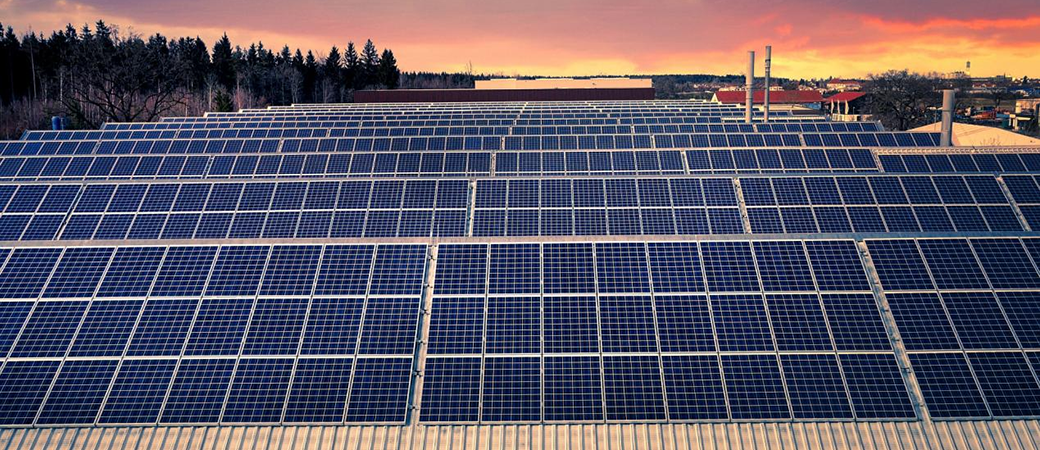
#What country is going to use a Rapid shutdown?
While the adoption of rapid shutdown technology is not limited to any specific country, it is increasingly being implemented in regions with significant PV infrastructure, such as:
● United States: The National Electrical Code (NEC) mandates rapid shutdown requirements for PV installations, emphasizing the importance of safety standards in the industry.
● European Union: Various countries within the EU have adopted regulations and standards for PV systems, which often include provisions for rapid shutdown to mitigate safety risks.
● Australia: With a growing interest in renewable energy, Australia has also seen advancements in PV technology and safety standards, including the integration of rapid shutdown mechanisms.
● Japan: As a leading market for solar energy, Japan has been proactive in implementing safety measures in PV installations, including rapid shutdown systems to protect against electrical hazards.
These are just a few examples, and the adoption of rapid shutdown technology is likely to continue globally as the PV industry expands and safety standards evolve. It’s essential for stakeholders across countries to prioritize safety and adhere to established guidelines to ensure the reliable and secure operation of PV systems.
Conclusion:
In the dynamic landscape of photovoltaic systems, Rapid Shutdown stands as a vital safeguard, offering swift and effective protection against potential electrical hazards. By integrating this essential safety feature into PV installations, stakeholders can uphold industry standards, prioritize safety, and cultivate trust in the reliability of their systems.

